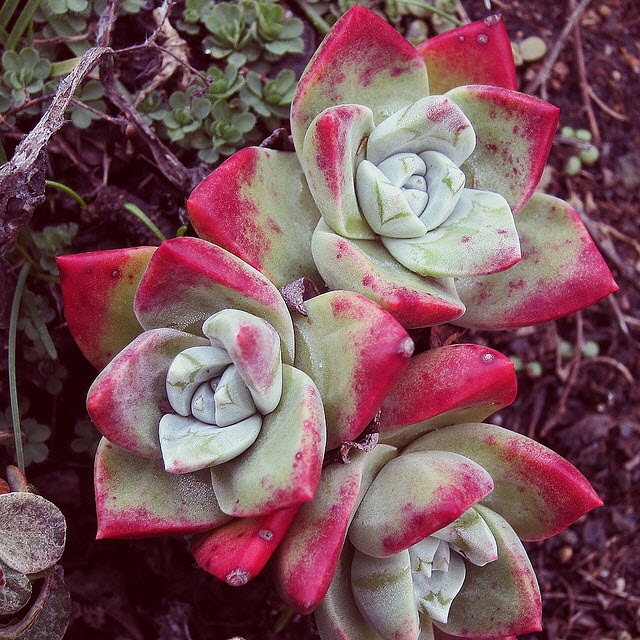Transpiration and Xerophytes
 The movement of water in plants and the adaptations of xerophytes
The movement of water in plants and the adaptations of xerophytes
This lesson builds on the adaptations of the plant to enable transpiration. The abiotic factors which affect transpiration rates are introduced and students are asked to explain how each adaptation affects transpiration. Once this is understood students apply their understanding to adaptations of xerophytes in some IB style questions.
Lesson Description
Guiding Questions
Which environmental conditions are best for drying your hair?
Why can a good day for drying your hair be a difficult day for plants?
Activity 1 A quick recap of transpiration stream and xerophyte adaptations
Use the ![]() Transpiration and xerophytes presentation to make brief summary notes about the transport of water in plants and the adaptations of xerophyte plants.
Transpiration and xerophytes presentation to make brief summary notes about the transport of water in plants and the adaptations of xerophyte plants.
Activity 2: IB style questions on transpiration and xerophytes
The ![]() worksheet of Ib style questions contains questions which complement activity 1.
worksheet of Ib style questions contains questions which complement activity 1.
Teachers notes
The explanation of xerophytic adaptations in plants is covered in this lesson alongside the details of the transport of water in a plant and the abiotic factors which affect transpiration.
This lesson aims to summarise the details of transpiration so that students can better understand the reasons why the xerophytes the specific adaptations they have.
It will also be useful to know the abiotic factors affecting transpirtion when planning transpiration experiments.

 IB Docs (2) Team
IB Docs (2) Team
